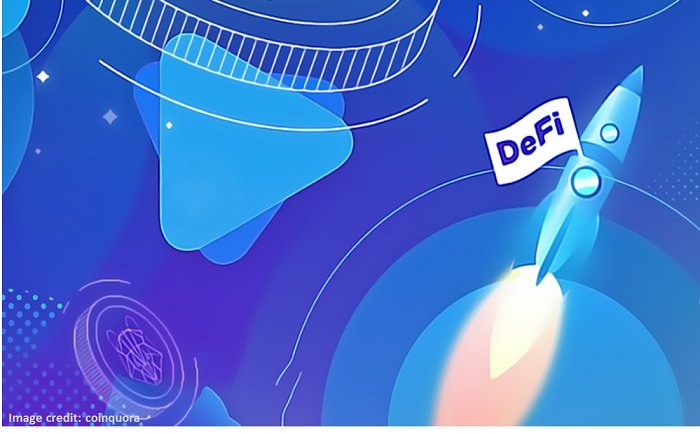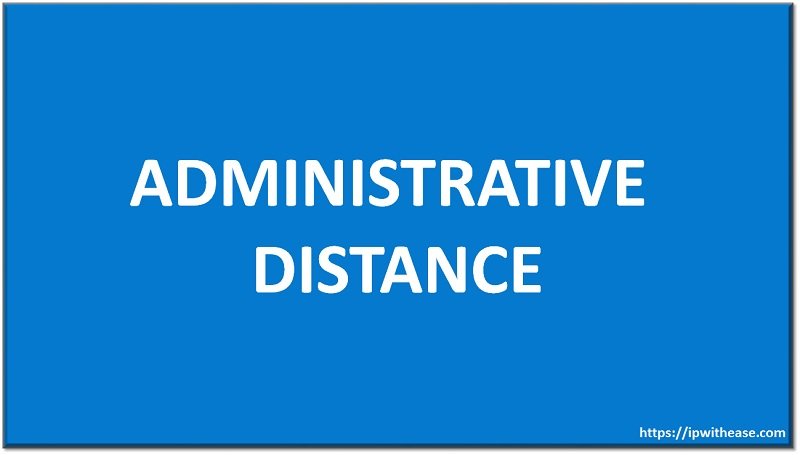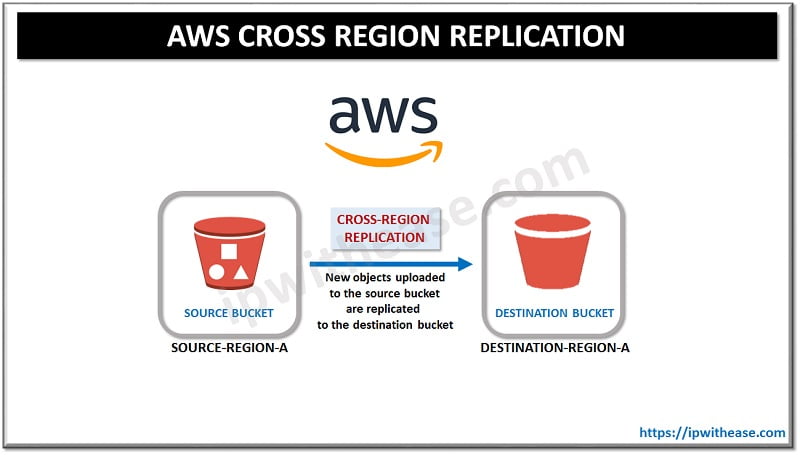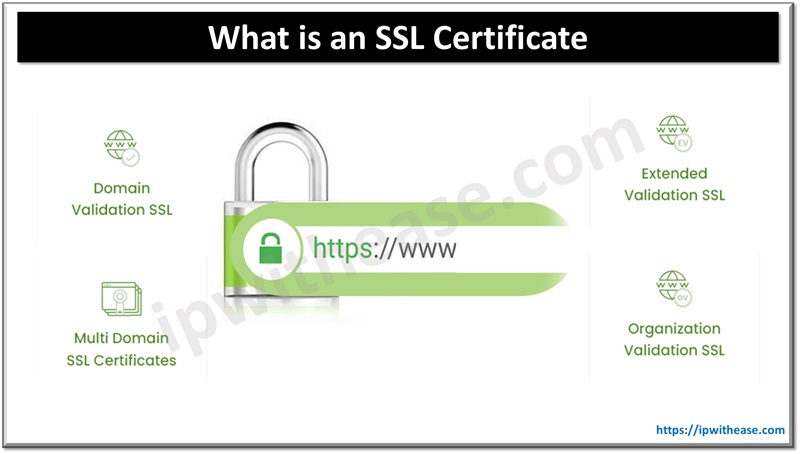Table of Contents
Bitcoin, a payment system that allows everyone on the planet to transmit money to anyone else, was just the beginning of the crypto revolution. The developers of DeFi apps want to elevate accessibility to the next level. Decentralized finance has been promoted as a potential solution for decreasing the barrier to entry for people who have difficulty opening bank accounts. And, more lately, bitcoin owners are using it for another purpose: to generate more money.
What exactly is DeFi?
DeFi apps are financial solutions that run on public blockchains like Ethereum. These goods are permissionless, which means they do not rely on other parties. Smart contracts replace financial middlemen like brokers and banks.
What makes it so unique?

DeFi offers numerous important characteristics.
- For starters, it’s “open,” which means you may use the apps simply to establish a wallet—often without revealing any identifying information, like your name and address. That’s conceptually (if not technically) easier than opening a bank account.
- Second, a blockchain allows you to transfer payments very instantly, eliminating the need to wait for a bank transfer to clear.
- Third, the rates are far lower (for the time being) than at conventional banks, albeit transaction charges vary based on the blockchain network.
What are your options with DeFi?
DeFi apps are classified into three groups.
1. Lending/borrowing:
If you have bitcoin, you may lend it to a protocol like Aave or Compound for interest and/or prizes. Similarly, you may borrow digital assets from a protocol like this, which is very beneficial if you want to conduct a deal. But be cautious! Most DeFi protocols require you to put up more than the amount you wish to borrow; if the asset’s value falls too much, the protocol may remove your collateral to prevent losses. There are DeFi platform development services, where you can check more details about the development of such a platform on DeFi.
Many DeFi users use this to generate assets via “yield farming,” which involves locking cash in a pool of assets in exchange for incentives. Because rates differ based on methodology and asset, expert yield farmers relocate their assets to take advantage of the greatest rates.
2. Trading:
When you use a centralized exchange like Coinbase or Binance, you depend on the exchange to assume custody of your assets with each deal. Decentralized exchanges eliminate the need for a middleman, allowing individuals to trade directly with one another. Furthermore, DEXes like Uniswap and PancakeSwap let users to publish new coins for trade. The absence of verification raises the dangers, but it also lets investors to “get in early” on new assets before they become widely available.
3. Derivatives:
There are occasions when you don’t want to be constrained to exchanging certain coins or tokens. People can do more than just spot trading using derivatives systems like dYdX and Synthetix. Users may, for example, utilize leveraged transactions to gamble more than they have, or even build “synthetic assets” that mirror conventional equities and commodities.
How do DeFi apps get created?
DeFi apps may be created by anybody who can write smart contracts. Truffle and Ganache are two Ethereum smart contract testing and deployment tools. After downloading a smart contract framework, you may construct a token that permits a protocol to use the blockchain network. This is an ERC20 token on Ethereum, SPL on Solana, and BEP20s on Binance Smart Chain.
The presence of a token enables the protocol to interface directly with the currency of the layer-1 blockchain. However, projects have also pushed their coins in order to foster decentralization. COMP, for example, is used as a governance token by the lending protocol Compound; people who have it have a say in the protocol’s code and treasury allocations.
How do you make use of DeFi products?
Anyone may utilize DeFi goods by visiting the website of an application and connecting using a DeFi-enabled crypto wallet, such as MetaMask on Ethereum or Phantom on Solana. The majority of DeFi dapps do not need users to provide personal information or register.
The DeFi Future
As of November 2020, fewer than $20 billion in value was locked in different DeFi products, the majority of which were based on Ethereum. By the next year, it was valued more over $260 billion, with Binance Smart Chain alone accounting for $19 billion.
If the trend continues and the DeFi maximalists are correct, we are just at the start of a tremendous DeFi wave. True believers claim that the benefits of an open, decentralized financial system are just too enticing to pass up billions of dollars in value.
Continue Reading:
What are Cryptocurrency Scams & how to avoid these Crypto Scams?
Hash Functions and What they Offer for Security in Cryptography
ABOUT THE AUTHOR
IPwithease is aimed at sharing knowledge across varied domains like Network, Security, Virtualization, Software, Wireless, etc.



